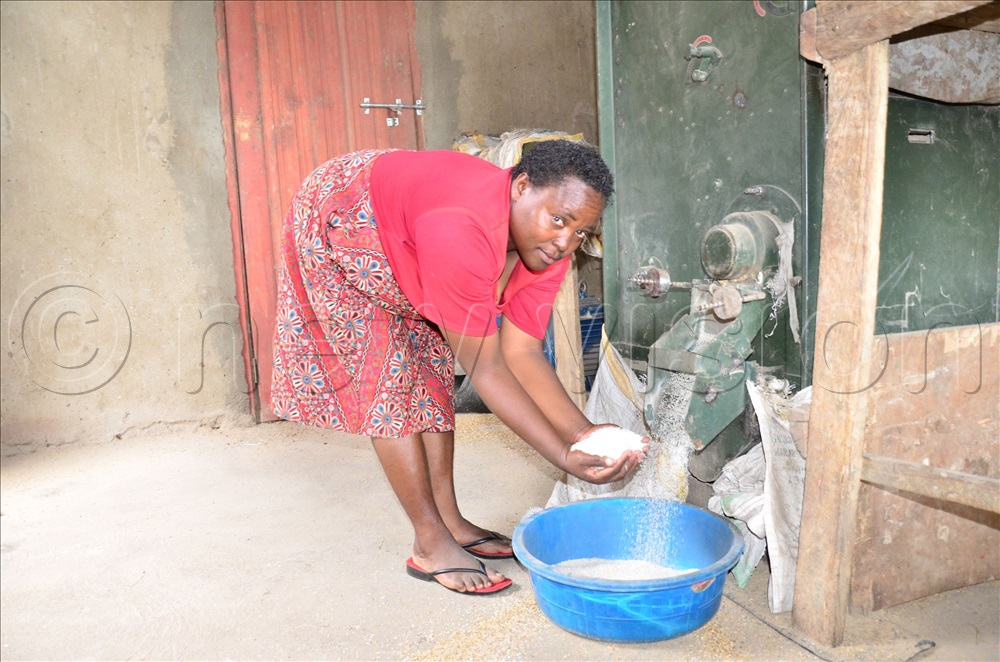Jozonia Mbambu, a rice farmer in Kasese, knows that the journey from paddy to plate is more than just planting and harvesting.
Owning her own rice hulling machine, she explains that preparing rice for hulling is a meticulous process that requires attention to detail to preserve quality and minimise losses.
“After harvesting, the first and most crucial step is proper drying, freshly harvested rice has high moisture content, and if you attempt to hull it before drying, it will break or even rot in storage”, Mbambu says.
She spreads her rice out on clean tarpaulins under the sun for several days, turning it frequently to ensure even drying. The aim is to reduce the moisture content to around 14%, the ideal level for safe hulling.
Alice Ngwali, another rice farmer in the region, agrees.

“We monitor the rice closely during drying. If it rains or if we leave it out too long, we risk mould or over-drying, which can damage the grains.”
Once the rice is well dried, it’s stored in a dry, well-ventilated place until it’s time for hulling. Before hulling begins, farmers also inspect the grains to remove stones, weeds, or debris that may have mixed in during harvesting or drying.
“Clean rice protects the hulling machine and produces better results,” Mbambu notes.
Hulling itself is the process of removing the hard husk from the grain, producing brown rice or polished white rice, depending on the setting and machine used.
For farmers like Mbambu and Ngwali, taking these steps seriously ensures they produce high-quality rice that fetches better prices on the market.
“It’s not just about growing rice,” Ngwali says, “it’s about treating it right from harvest to hulling.”
LEAD PHOTO CAPTION: Jozonia Mbambu, a rice farmer in Kasese removing husks from dried rice. Photos by Umar Nsubuga





